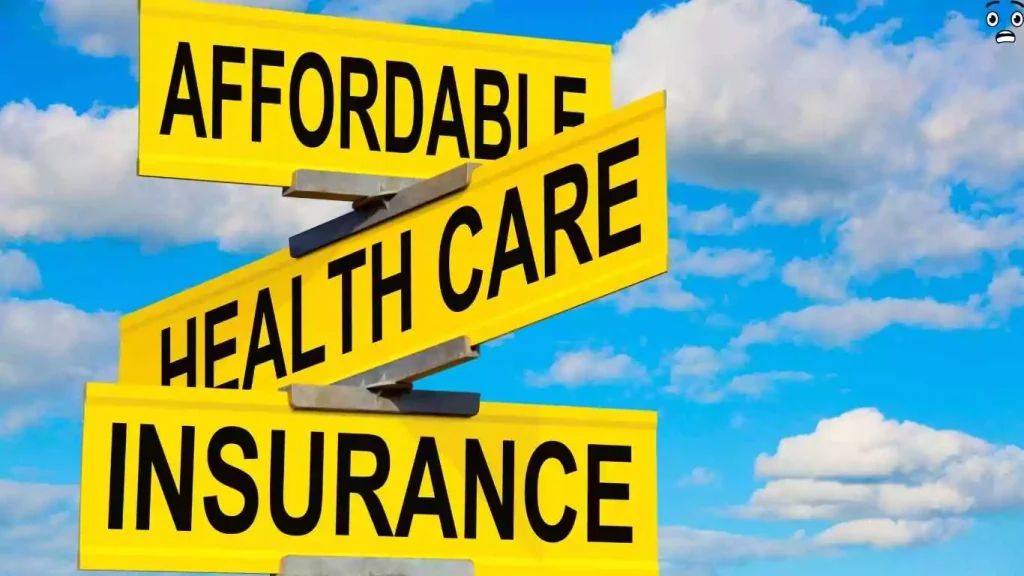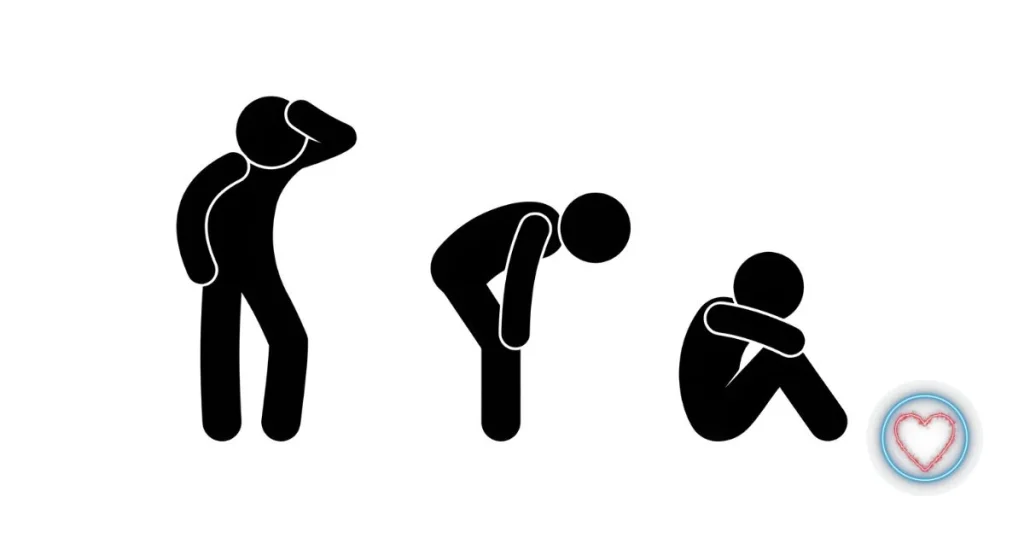Finding affordable health insurance in the USA can feel overwhelming, but it is possible to get coverage that fits your budget. Health insurance through the Affordable Care Act (ACA) marketplaces offers plans with financial help to lower monthly costs for many people. These plans provide essential benefits while allowing individuals to compare prices and coverage options.
Many Americans qualify for subsidies or Medicaid, making health insurance more accessible and affordable. Understanding different plan types and what each covers helps in making a smart choice. Tools on official sites let people estimate costs and find plans available in their area.
Knowing what factors affect insurance prices, like income and location, will guide someone to the best, low-cost option. By learning about coverage options and how to enroll, they can avoid gaps in care and unexpected medical bills.
Key Takeaways
- Financial assistance through government programs can lower insurance costs.
- Comparing plan benefits and prices is important for good coverage.
- Location and income are key factors in choosing affordable insurance.
Understanding Affordable Health Insurance Options
Affordable health insurance includes several plan types and coverage options. It is important to compare different plans, understand where they come from, and see if you qualify for government programs that can lower costs.
Types of Health Insurance Plans
Health insurance plans come in different forms, mainly as Health Maintenance Organization (HMO), Preferred Provider Organization (PPO), Exclusive Provider Organization (EPO), and Point of Service (POS) plans.
- HMO plans require members to use a network of doctors and get referrals for specialists.
- PPO plans offer more flexibility to see out-of-network providers but often cost more.
- EPO plans are similar to HMOs but usually don’t require referrals.
- POS plans combine elements of HMO and PPO plans with varied costs depending on care choices.
Each type balances cost, flexibility, and coverage differently. Lower premiums often mean higher out-of-pocket costs when care is needed.
Marketplace vs. Private Insurance
The Health Insurance Marketplace is a central place to compare and buy insurance plans created under the Affordable Care Act. It offers plans with set benefits and sometimes subsidies to lower premiums based on income. People can apply during open enrollment or if they have a qualifying life event.
Private insurance plans are sold directly by insurance companies and might not follow Marketplace rules. They may have different costs and coverage but usually do not include government subsidies.
Using the Marketplace can help find plans suited for specific budgets with clear pricing and financial help options. More details about Marketplace plans and prices are available at HealthCare.gov.
Medicaid and CHIP Eligibility
Medicaid and CHIP are government programs providing free or low-cost health coverage. Medicaid covers adults and children with low income, but eligibility rules vary by state. Most states expand Medicaid to cover adults with income below 138% of the federal poverty line.
CHIP offers coverage mainly for children in families with incomes too high for Medicaid but still limited. These programs cover essential medical services, including doctor visits, hospital stays, and prescriptions.
Applying for Medicaid or CHIP can be done through state agencies or the Health Insurance Marketplace, where eligibility is quickly determined based on income and family size. Details about these programs and eligibility are available at HHS.gov.
How to Find Low-Cost Health Insurance in the USA
Finding affordable health insurance involves looking closely at the costs involved, using available financial help, and knowing when one can sign up. By focusing on these areas, people can choose plans that fit their budgets and meet their health needs.
Comparing Premiums and Out-of-Pocket Costs
When choosing a health insurance plan, it’s important to look at both the monthly premiums and the out-of-pocket costs. Premiums are the regular payments made to keep coverage active. Out-of-pocket costs include deductibles, copayments, and coinsurance, which are paid when accessing care.
A plan with low premiums might have high out-of-pocket costs, which can get expensive if medical care is needed often. On the other hand, plans with higher premiums usually have lower out-of-pocket expenses.
Consumers should use tools like the HealthCare.gov plan estimator to compare these costs side by side. This helps to understand which plan offers the best value based on one’s health needs.
Utilizing Subsidies and Tax Credits
Financial help from the government can reduce the cost of health insurance significantly. Subsidies and tax credits lower monthly premiums and sometimes out-of-pocket costs for eligible individuals and families.
To qualify, one must apply through the Affordable Care Act (ACA) Health Insurance Marketplace and report income and household size. Many people who earn between 100% and 400% of the federal poverty level may qualify.
These savings can make plans affordable for those who might otherwise find insurance too costly. More details on how to access this help are available on the ACA Health Insurance Marketplace website.
Enrollment Periods and Special Enrollment
Health insurance plans generally can only be purchased during specific times of the year called open enrollment periods. Missing this window usually means waiting until the next one to sign up.
However, special enrollment periods allow sign-ups outside of open enrollment for qualifying events. These include losing other health coverage, moving, getting married, or having a baby.
It is crucial to know when these periods occur and what events qualify. Missing these deadlines could mean going without coverage or paying higher costs. Information on enrollment timelines and exceptions can be found on HealthCare.gov.
Key Factors to Consider When Choosing Coverage
Choosing the right health insurance means looking closely at what providers are available, how drugs are covered, and which services help stay healthy. These elements affect cost, convenience, and overall care quality.
Provider Networks and Coverage Areas
Provider networks are groups of doctors, hospitals, and clinics that a health plan covers. Plans often pay less if members use providers inside the network. Using out-of-network providers can mean higher costs or no coverage.
It is important to check if your regular doctors and preferred hospitals are included. Also, review if the network covers care in places where you live, work, or travel. Some plans limit coverage to specific regions or states.
A health insurance plan with a broad network gives more options. However, those plans may have higher premiums. Plans with smaller networks can be cheaper but may restrict where care is available.
Prescription Drug Coverage
Prescription drug coverage helps pay for medications prescribed by a doctor. Not all plans cover the same medicines or have the same patient costs.
Review the plan’s formulary, a list showing drugs that are covered and how much you pay for each. Some drugs may require prior approval or a higher copay.
Look for coverage of any regular medications. Plans with better drug coverage may cost more but can save money overall if medications are expensive.
It is also important to check if the plan covers generic drugs, brand-name drugs, and specialty medicines, which can be costly.
Preventive Services and Wellness Benefits
Preventive services include vaccines, screenings, and yearly checkups aimed at stopping health problems early. Most plans cover these services without charging a copay or deductible.
Wellness benefits can include programs for weight loss, smoking cessation, and chronic disease management. These help members improve health and avoid costly treatments later.
Choosing a plan that covers preventive care and wellness programs supports staying healthy and reduces medical expenses over time. It is useful to compare which services are included and if there are any limits.
Plans that offer extensive wellness benefits can provide extra value beyond basic medical coverage.
For more about these factors, see 7 Factors to Consider When Shopping for Health Insurance.
Frequently Asked Questions
Affordable health insurance depends on plan type, coverage needs, and eligibility for assistance programs. Adults often look for balance between monthly costs and benefits. Knowing how to shop and where to find options helps in choosing the right plan.
What are the most cost-effective health insurance plans for adults?
High-deductible health plans (HDHPs) paired with Health Savings Accounts (HSAs) are often the most affordable for healthy adults. Bronze and some Silver plans usually have lower premiums but higher out-of-pocket costs. Cost-effectiveness varies by individual health needs and expected medical use.
How does one navigate the Health Insurance Marketplace for the best options?
Users can compare plans side-by-side based on premiums, deductibles, and coverage on the Health Insurance Marketplace website. It helps to check if you qualify for subsidies or Medicaid to lower costs. Reading plan details and understanding provider networks is important before enrolling.
Where should I look to find the best individual health insurance plans?
The Health Insurance Marketplace is a primary source for finding plans. State-based exchanges or private insurers’ websites may offer plans not on the federal marketplace. Consulting trusted insurance brokers can provide personalized help.
Can I purchase health insurance on my own, and if so, how?
Yes, individuals can buy insurance directly from private insurance companies outside the marketplace anytime. However, special enrollment periods apply for marketplace plans unless you have qualifying life events. Direct purchase plans might not offer subsidies.
What options are available for free or low-income health insurance?
Medicaid and the Children’s Health Insurance Program (CHIP) provide free or low-cost coverage for those who qualify by income. Eligibility varies by state. Some marketplace plans also reduce costs through premium tax credits and cost-sharing reductions.
What factors should be considered when comparing healthcare.gov plans and prices?
Look at monthly premiums, deductibles, copayments, and out-of-pocket maximums. Consider what doctors and hospitals are in the plan’s network. Check if prescription drugs and other specific health needs are covered. Review the financial help available to you based on income. For more detailed questions, see Get Health Insurance Answers from Healthcare.gov Marketplace.




















